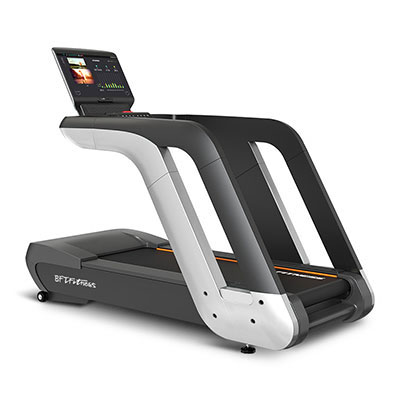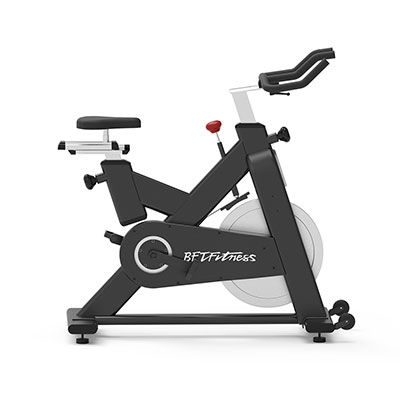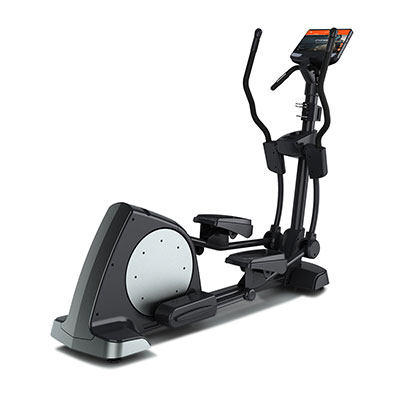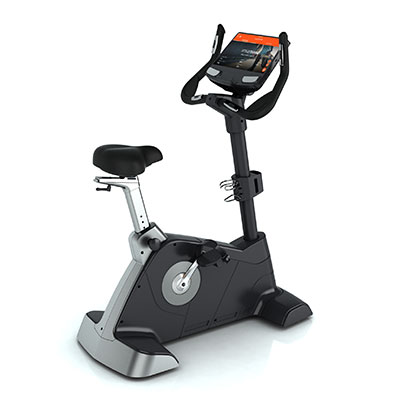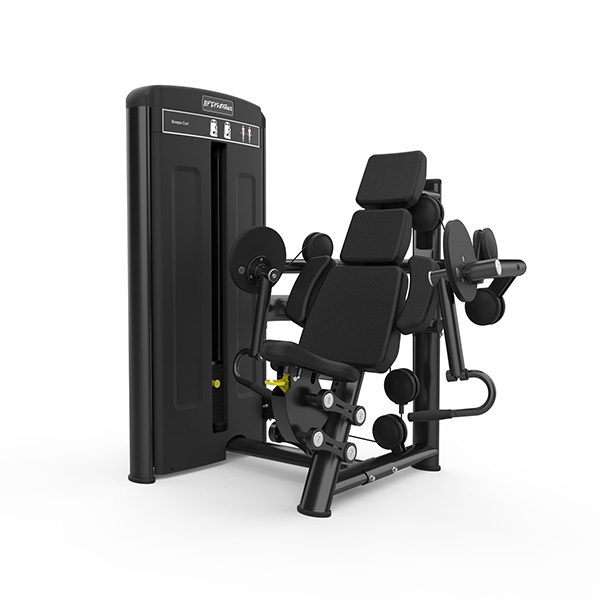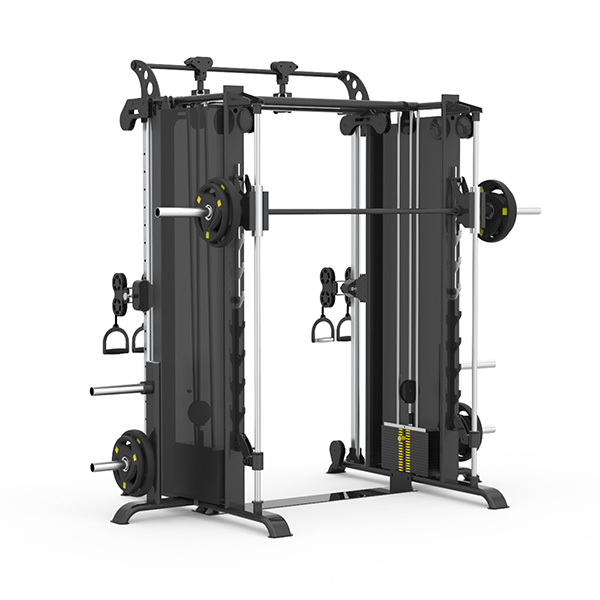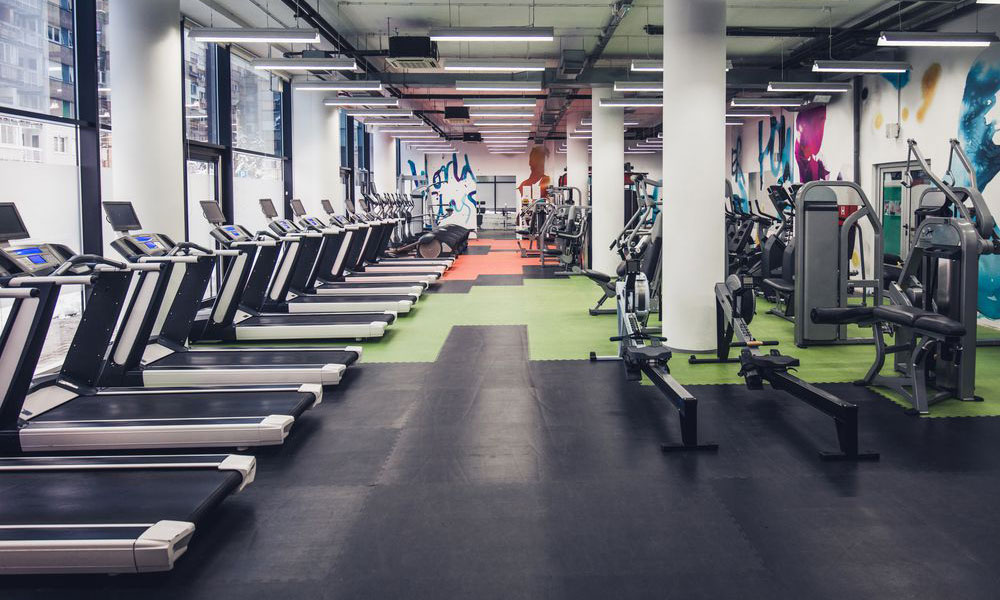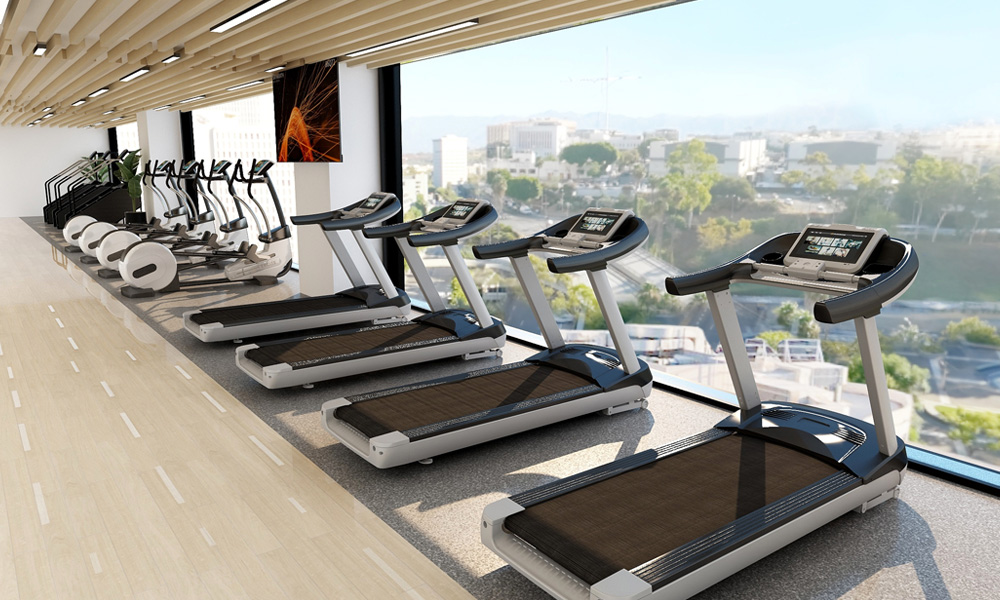Upgrading Gym Equipment to Match Member Expectations
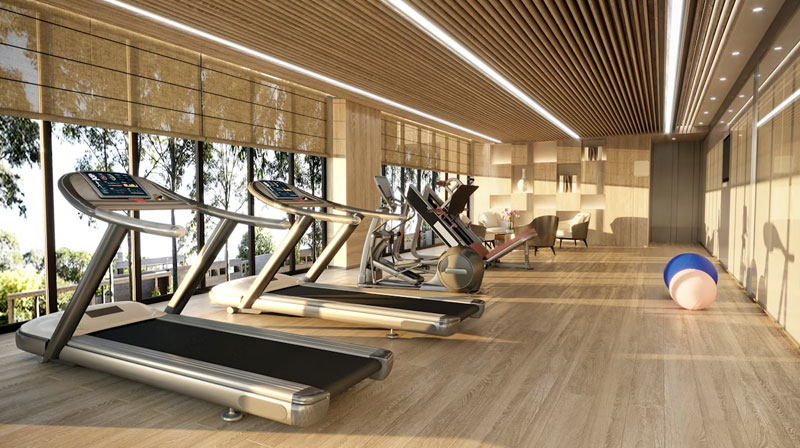
In today’s competitive fitness industry, members expect more than just a place to work out—they expect an experience. Outdated gym equipment can quickly make a facility look neglected, reducing satisfaction and retention. Whether you manage a boutique studio, a hotel gym, or a premium health club, keeping your equipment modern and engaging is essential to meeting evolving member expectations.
Here’s how to plan, prioritize, and execute a successful equipment upgrade strategy.
1. Understand What Members Really Want
Before spending thousands on new machines, take time to learn what your members value most.
Gather insights through:
- Surveys or feedback forms asking about favorite and least-used equipment
- Usage tracking from smart consoles or attendance data
- Staff feedback on frequent maintenance issues or guest complaints
Tip: Upgrading doesn’t always mean adding more machines—sometimes improving usability, comfort, or technology is what members truly appreciate.
2. Identify Equipment That Needs Replacement
Every machine has a lifespan. Using worn-out or outdated fitness equipment can create safety risks and hurt your brand image.
Signs it’s time to replace equipment:
- Frequent malfunctions or maintenance costs
- Outdated design or poor ergonomics
- Lack of smart features (no tracking or connectivity)
- Declining member usage
Tip: Prioritize replacements that directly affect the member experience—like treadmills, bikes, or selectorized machines.
3. Focus on Technology and Interactivity
Modern gym-goers expect their workouts to feel connected, engaging, and measurable.
What to look for in new equipment:
- Touchscreen consoles with entertainment and training programs
- Bluetooth/NFC connectivity for fitness apps and wearables
- Virtual coaching features for guided workouts
- Performance tracking with progress dashboards
Smart gym equipment not only attracts tech-savvy members but also keeps them motivated through personalized experiences.
4. Upgrade with Aesthetics in Mind
Visual impression matters. Members equate modern, sleek-looking equipment with a high-quality gym.
Design upgrades to consider:
- Choose uniform color schemes for a premium look
- Replace worn upholstery or grips for a cleaner appearance
- Rearrange layout for open space and better flow
- Add lighting and mirrors to highlight new equipment
Tip: Even small aesthetic upgrades can dramatically improve perceived value.
5. Plan Gradual Upgrades for Budget Efficiency
You don’t need to replace everything at once. A phased approach helps control costs while maintaining consistency.
Example upgrade plan:
- Phase 1: Replace high-traffic cardio machines (treadmills, bikes)
- Phase 2: Update selectorized strength machines
- Phase 3: Introduce new functional training or recovery zones
This approach minimizes downtime and spreads expenses across fiscal quarters.
Key Takeaway
Upgrading gym equipment isn’t just about staying current—it’s about meeting and exceeding member expectations. By combining technology, design, and usability improvements, you create a modern environment that keeps members inspired and loyal while strengthening your brand image.
FAQ
Q1: How often should gyms upgrade equipment?
A: Cardio machines every 5–7 years, strength machines every 10–15 years, or sooner if usage is high.
Q2: What upgrades have the biggest impact on member satisfaction?
A: Treadmills with smart consoles, dual-function strength machines, and well-designed training zones.
Q3: How can small gyms afford equipment upgrades?
A: Consider phased replacement, trade-in programs, or working with manufacturers offering package deals.

